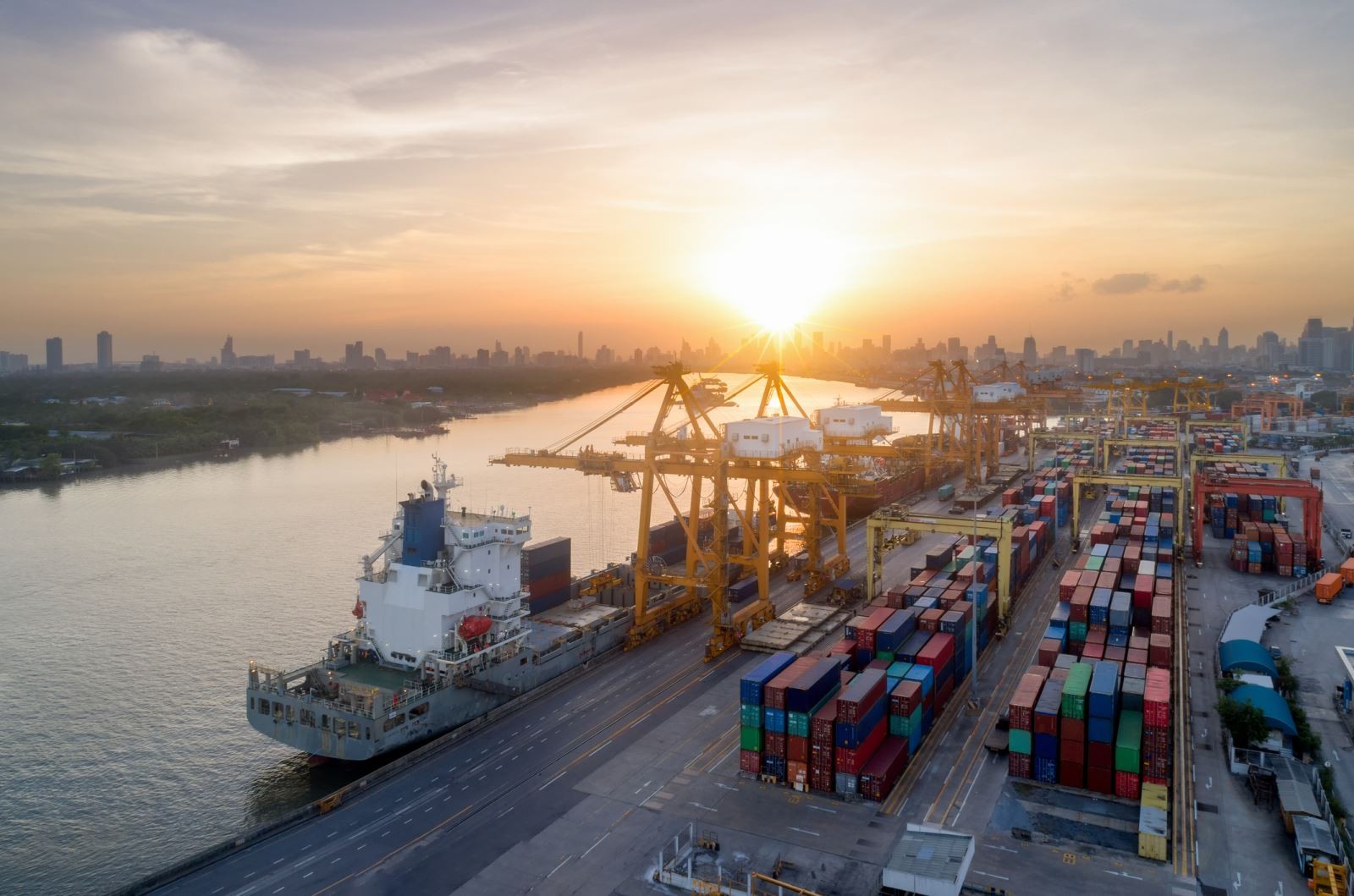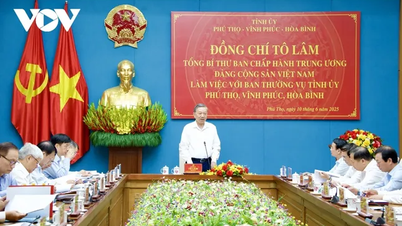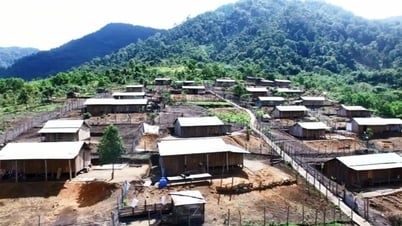
Previously, the Organization for Economic Cooperation and Development (OECD) forecast that Vietnam's GDP growth would slow down due to a decline in foreign investment and exports under the impact of global policy uncertainty. The OECD said that Vietnam's GDP is estimated to reach 6.2% this year and 6% next year. "Despite the expected slowdown in GDP growth, Vietnam's economy is still assessed to have a positive outlook for the 2025-2026 period and is significantly higher than other countries in the region," the OECD report stated.
According to UOB Bank, in the context of uncertainty surrounding tariff policies, UOB still maintains a cautious view on Vietnam's prospects, as the economy is heavily dependent on trade (exports account for about 90% of GDP), of which the US market alone accounts for about 30% of total export turnover. In addition, exports are also highly concentrated in key industries such as electricity, electronics, furniture, textiles and footwear (accounting for about 80% of total export turnover to the US).
A benign inflation backdrop, rising global trade tensions and tariff uncertainty are opening up the possibility of the State Bank of Vietnam (SBV) easing monetary policy. However, unlike some of its regional neighbours, the current weakness in the Vietnamese dong (VND) is a factor that the SBV must consider, according to UOB. UOB forecasts the SBV will keep its policy rate unchanged, with the refinancing rate remaining at 4.5%.
Since the beginning of the quarter, VND has depreciated by 1.8%, reaching a new record low of around VND26,000/USD. UOB representatives believe that VND will continue to fluctuate in a weak price range within the trading range with USD until the end of Q3/2025. However, from Q4/2025 onwards, VND may begin to regain its recovery momentum, in line with the general improving trend of Asian currencies as trade uncertainties gradually ease.
“The forecast USD/VND exchange rate is 26,300 in Q3/2025, 26,100 in Q4/2025, 25,900 in Q1/2026, 25,700 in Q2/2026,” UOB Bank Report stated.
Despite positive signs, the OECD forecasts that Vietnam’s economy will still face many challenges. Global policy instability is expected to cool foreign investment and exports. FDI inflows are expected to weaken further. Inflation is also forecast to increase.
The OECD said that Vietnam remains very sensitive to fluctuations in international markets. Monetary policy is expected to remain accommodative to support growth, but will have to be cautious about rising inflationary pressures from increases in pensions, minimum wages, and prices of state-managed goods. Fiscal policy is expected to support growth in 2025 through disbursement of outstanding public investment projects, but will gradually become more balanced thereafter.
According to the General Statistics Office ( Ministry of Finance ), the world situation is complicated, unpredictable, and difficult to predict, especially the US policy and the response of other countries. The increase in geopolitical instability and trade policy has put pressure on investment and household spending. Tariff tensions between the US and other countries, and the looming risk of trade war have negatively impacted global economic growth.
Source: https://baolaocai.vn/du-bao-gdp-cua-viet-nam-trong-quy-ii2025-khoang-6-post403096.html































































































Comment (0)